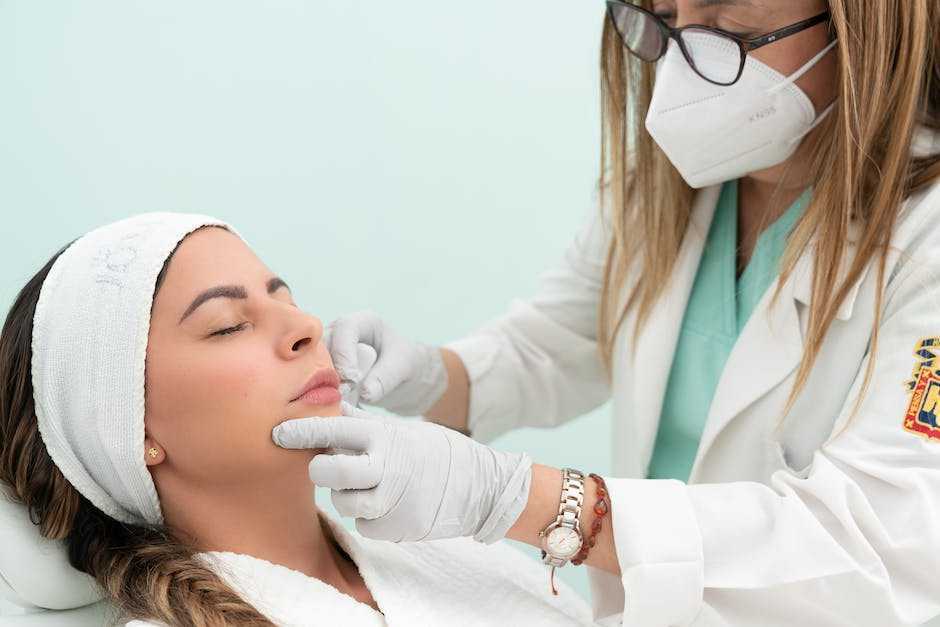
Alopecia is a condition that affects many people and can be very distressing. It refers to the loss of hair in areas where hair usually grows, such as on the scalp, face, or body. Alopecia can be temporary or permanent, and in some cases, it may be associated with other medical conditions. It is important to understand the causes, symptoms, and treatments for alopecia.
Contents
Causes of Alopecia
The cause of alopecia is not fully understood. It is thought to be an autoimmune condition, meaning the body’s own immune system attacks the hair follicles. This can lead to the hair follicles becoming inflamed and shrinking, resulting in hair loss. Some health conditions, such as lupus or thyroid disorders, are linked to alopecia. It is also associated with certain medications, such as those used for cancer treatment.
Symptoms of Alopecia
The primary symptom of alopecia is hair loss. This can occur in patches or all over the body. The scalp may be completely bald or just show sparse areas of hair. It is also common to see bald patches on the eyebrows or eyelashes. Other symptoms can include:
- Itching on the scalp
- Tingling or burning sensation on the head
- Scalp tenderness
- Swollen lymph nodes on the neck
Diagnosis and Treatment of Alopecia
If you have alopecia, your doctor will perform a thorough physical exam. They may also order blood tests to check for certain health conditions that can lead to alopecia. There is no cure for alopecia, but there are several treatments available to help slow hair loss and regrow hair. These include:
- Corticosteroid injections – Injections of corticosteroid medications, such as prednisone, may help slow down hair loss. In some cases, they may also help regrow hair.
- Topical medications – Some medications, such as minoxidil, may help regrow hair.
- Light therapies – Laser and LED light therapies may help increase blood flow to the scalp, which may stimulate hair regrowth.
Living with Alopecia: Tips for Healthy, Happy Living
Living with alopecia can be difficult and affect your self-esteem. Here are some tips for living with alopecia:
- Talk to your doctor about treatment options.
- Stay positive. Focus on the things you can control, such as getting treatment and taking care of yourself.
- Experiment with different hairstyles to find one that works for you.
- Wear a hat or scarf if you feel uncomfortable or self-conscious.
- Find a support group where you can share your experiences and feelings.
- Remember that alopecia can be treated and there are ways to manage it.
Alopecia can be a very distressing condition, but with the right treatment and support, you can live a healthy and happy life. Understanding the causes, symptoms, and treatments for alopecia can help you make informed decisions about your health and wellbeing.
